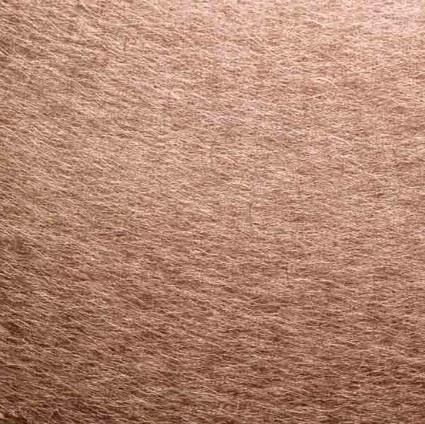It\'s critical to understand what stainless steel is and how it differs from regular steel. Stainless steel, at its most basic, is an alloy of iron with a number of other elements (such as nickel, chromium, molybdenum, and carbon) that is more corrosion-resistant than regular iron or steel (which is simply iron and carbon). Nickel, chromium, and other elements that are added to stainless steel give it a passive oxide coating that prevents rust from forming and produces a glossy, reflective surface. Because of how hard it is to tarnish, compared to ordinary steel, stainless steel has the name "stainless" steel.
Useful Raw Materials For Stainless Steel
When nickel, iron ore, chromium, silicon, molybdenum, and other raw components are fused together, stainless steel metal is created. Numerous chemically simple substances can be found in stainless steel metal, which can combine to form a strong alloy. The kind of stainless steel is determined by various ratios of its constituent elements, including iron, nickel, chromium, molybdenum, and carbon (among others). The strength of the protective oxide layer, the metal\'s resistance to particular corrosives, and a few other mechanical qualities are all influenced by the proportion of iron to other constituents. Different types of stainless steel alloys are created by varying the component ratios of stainless steel. A "grade" of stainless steel is a term used to describe each distinct mixture; examples are grade 304 stainless, grade 316 stainless, and grade 420 stainless steel.
Manufacturing Process
The other steps in the fabrication of stainless steel can start as soon as the raw materials are obtained. The basic steps are as follows:
- Melting the raw materials: The various types of stainless steel are heated to the melting point in a furnace. The duration of this process can range from 8 to 12 hours. The next stage of stainless steel production can start after the metal is molten.
- Excess carbon removal: Excess carbon is removed by placing the molten material in a vacuum oxygen decarburization system or an argon oxygen decarburization system. This procedure could produce a conventional or a low-carbon form of the alloy, for instance, 304 versus 304L stainless steel, depending on how much carbon is removed. The final product\'s hardness and tensile strength may be impacted by this.
- Mixing or Tuning: The molten steel may be churned to distribute and/or remove particular stainless steel components from the mixture, helping to fine-tune the quality of the finished product. This makes it more likely that the stainless steel will be of consistent quality and meet the necessary requirements.
- Metal Forming: Several shaping techniques are applied to the stainless steel as it starts to cool, commencing with hot rolling while the steel is still above its crystallization temperature. Steel is given a rougher shape by hot rolling, which is frequently done to produce metal billets or blooms. The stainless steel can be cold rolled to produce metal blooms or billets with specified specifications.
- Annealing: It is possible to anneal stainless steel to reduce internal tensions and change its mechanical characteristics. Descale the steel if it has been annealed to prevent harm to the protective oxide layer.
- Slicing And Shaping: After annealing, stainless steel is subjected to a number of cutting and shaping procedures to produce a final product that is perfect for the application. The precise procedures utilized to cut the stainless steel will change depending on the size, shape, and final product that is desired.
- Applying Surface Coatings: Before sending their billets, blooms, or wires to other manufacturers, the stainless steel maker may give them various surface treatments. Depending on how the steel will be used, a different finish will be applied; nonetheless, one of the most popular surface finishes is simply grinding the surface to eliminate impurities and make it smoother.
For more information visit the leading Stainless Steel Vibration Sheets Exporter



